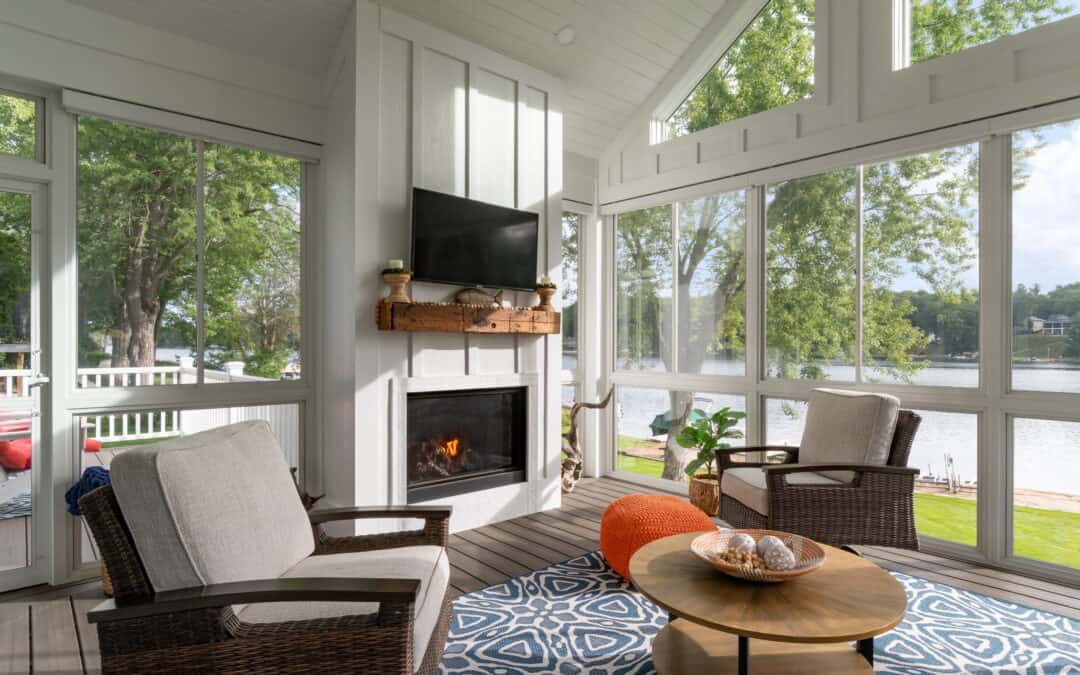Decisions, decisions, decisions! When building a home there is no shortage of decisions. To the builder, this is an essential part of the build, that needs to be completed in a timely and organized fashion. To the client, this seems like an impossible task, a necessary evil that provides stress and anxiety throughout the course of the build. Finding an effective strategy when selecting finishes for your home is not always easy, but with the right assistance and support, can be done successfully.
There is one significant finish which carries throughout the course of the home, and that is the flooring. It is a selection that can make or break the design of home and can often times be incredibly overwhelming when walking into a showroom. One of the first questions an associate will ask you is, “Are you looking for solid or engineered hardwood?” No worries, this question stumped me in the beginning too.
Solid hardwood is considered by many to be the “gold” standard when it comes to flooring, and it comes at a price, literally! Solid hardwood is constructed from one solid piece of 100% wood and the interior integrity has not been tampered with. It is timeless and can make a real statement in your custom home. If you want the most natural and sustainable product, this is the flooring for you. It comes in the most durable wood species, oak, maple and hickory and a good protective finish can last you years to come, with little to no sanding and refinishing. There is one significant downside however, solid hardwood should not be installed in bath and laundry rooms, where water is likely to be present.
When it comes to engineered hardwood, the wood selections are vast and can be a great option if you wish to maintain a unified look across your home, as it can be installed in every room, no matter what the environment. It can also come in varying widths and planks sizes and has great versatility. The greatest downside to choosing an engineered hardwood would be the potential for a hollow sound as you across it, especially when the floor is floating. However, choosing a premium engineered hardwood, with increased thickness can significantly reduce the likelihood of this being an issue.
Whereas solid hardwood is constructed from one solid piece of wood, such as oak, engineered hardwood contains natural (solid) wood on both top and bottom, however the core contains multiple layers of plywood pressed together in a crisscrossed pattern, that actually resist the need to expand and contract when exposed to environmental changes, like when exposed to water and humidity. When making a flooring selection, the options are endless but understanding the differences between hardwood materials can focus your searche and limit your choices, while making you a more educated consumer.


Recent Comments